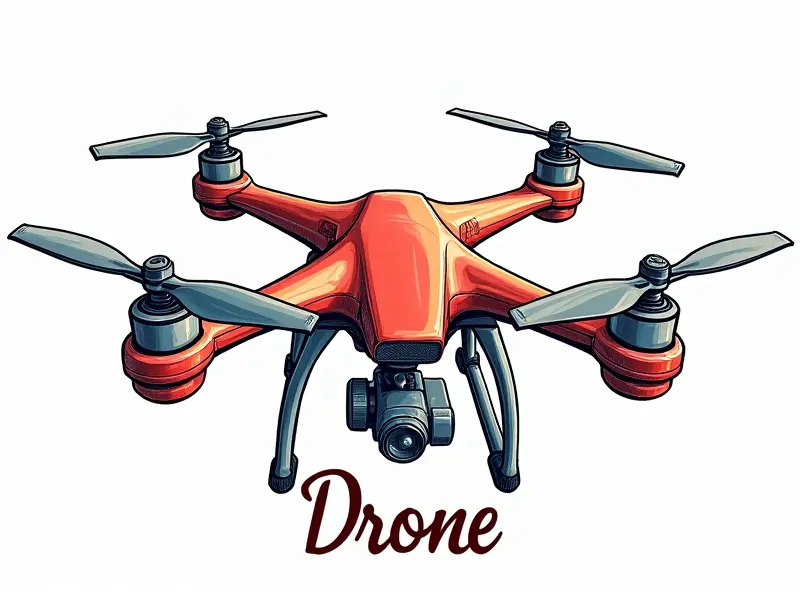Drone laws in Canada

Drone Laws in Canada 2025
The landscape of drone regulations is constantly evolving, and staying informed about the latest rules is crucial for both recreational and commercial users. In Canada, the regulatory framework is designed to balance innovation with safety and privacy concerns.
Canadian Drone Regulations Explained
Transport Canada oversees the regulation of drones in Canada through a comprehensive set of guidelines that cover everything from registration requirements to operational restrictions. Understanding these regulations ensures compliance and helps prevent legal issues.
No Fly Zones for Drones in Canada
- National Parks: Flying drones is prohibited within national parks without specific permits.
- Airports: A 5-kilometer radius around airports is a no-fly zone to ensure safety.
- Military Installations: Drones are not allowed near military bases and other sensitive areas.
Registering Your Drone with Transport Canada
All drones weighing between 250 grams and 35 kilograms must be registered through the Canadian Unmanned Aircraft System (UAS) Registration Program. This process is mandatory for both recreational and commercial users to obtain a unique identification number.
Privacy Laws for Drones in Canada
The Privacy Act and Personal Information Protection and Electronic Documents Act (PIPEDA) apply to the use of drones, especially when it comes to capturing personal information. Operators must ensure that their activities comply with privacy laws to avoid legal repercussions.
Commercial Drone Operations Rules Canada
To operate a drone commercially in Canada, you need to obtain a Special Flight Operations Certificate (SFOC) from Transport Canada or a Basic Operational Authorization for Small Unmanned Aircraft (SOA).
Penalties for Breaking Drone Laws Canada
- Fines: Violations can result in hefty fines ranging from $1,000 to over $50,000.
- Criminal Charges: Serious breaches may lead to criminal charges and potential jail time.
Height and Distance Limits for Drones
Drones must not fly higher than 90 meters above ground level (AGL) or within 150 meters of any person, vehicle, structure, or vessel. These limits are designed to ensure safety and prevent interference with other airspace users.
FPV Racing Drone Legalities in Canada
Flying First-Person View (FPV) racing drones involves additional considerations such as ensuring compliance with no-fly zones and adhering to height and distance restrictions. Operators must also register their drones and follow all applicable regulations.
RC Quadcopter Regulations in Canada
Remote-controlled quadcopters are subject to the same rules as other drones, including registration requirements and operational limitations. Users must be aware of no-fly zones and ensure they comply with privacy laws when operating their RC devices.
Must-Know Rules for Canadian Drones
- Always Register: Ensure your drone is registered before flying it in Canada.
- Avoid No-Fly Zones: Stay clear of restricted areas such as airports and military installations.
- Respect Privacy: Be mindful of privacy laws when capturing images or videos with drones.
Conclusion
Navigating the complex landscape of drone regulations in Canada requires diligence and a commitment to compliance. By adhering to the rules outlined by Transport Canada, operators can enjoy the benefits of using drones while minimizing risks and legal issues. Whether you are flying for fun or conducting commercial operations, staying informed about the latest guidelines is essential.

